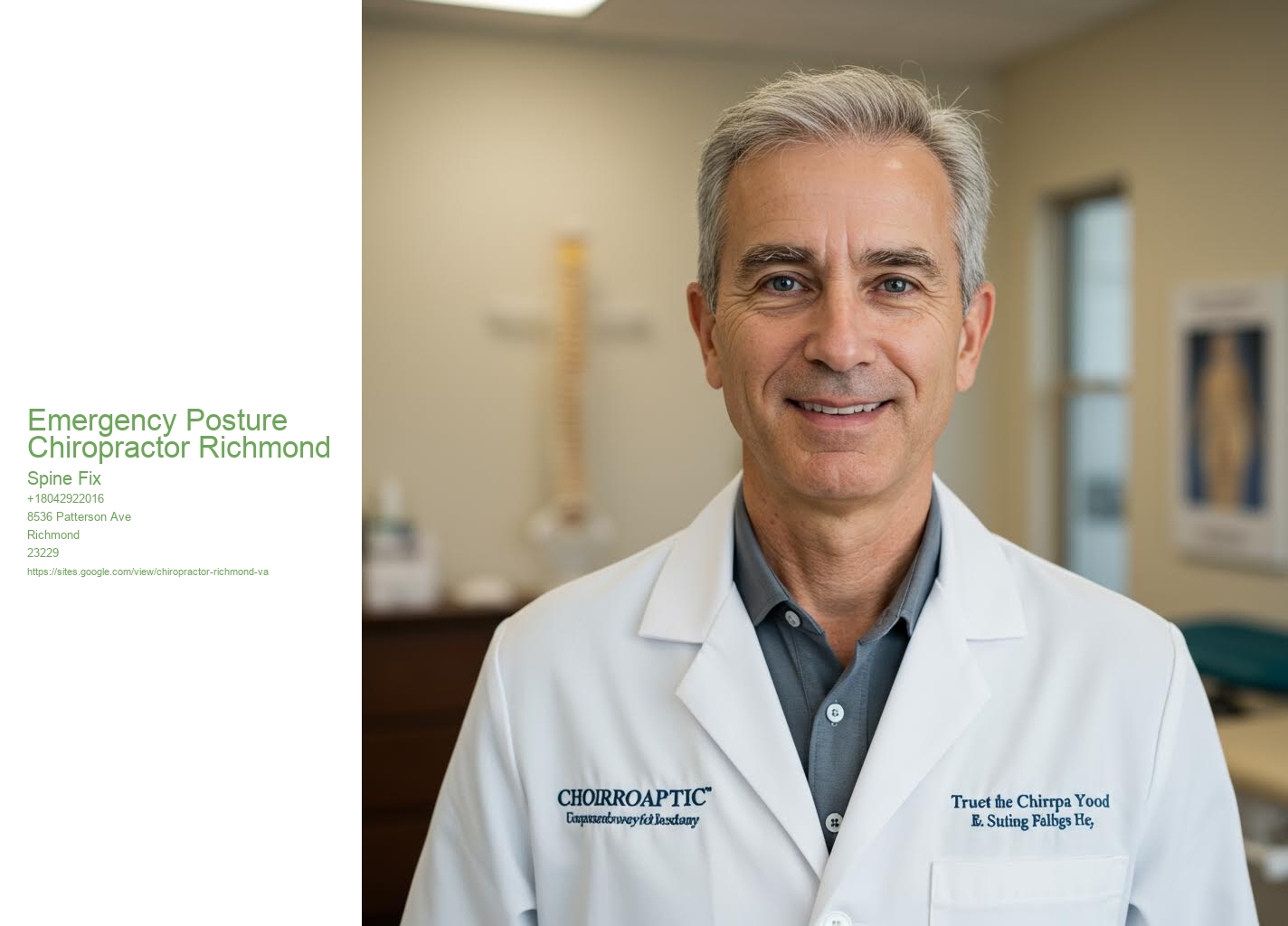Reduced neck and back pain or lumbago is an usual condition entailing the muscle mass, nerves, and bones of the back, in between the lower side of the ribs and the reduced layer of the buttocks. Discomfort can differ from a plain constant pains to an unexpected sharp sensation. Reduced back pain may be categorized by period as intense (pain lasting much less than 6 weeks), sub-chronic (6 to 12 weeks), or persistent (more than 12 weeks). The condition may be additional categorized by the underlying cause as either mechanical, non-mechanical, or referred discomfort. The symptoms of reduced neck and back pain normally improve within a few weeks from the time they begin, with 40–-- 90% of people recuperated by 6 weeks. In most episodes of reduced back pain a certain underlying reason is not determined or perhaps sought, with the discomfort believed to be because of mechanical troubles such as muscle or joint stress. If the pain does not go away with traditional therapy or if it is accompanied by "red flags" such as inexplicable weight reduction, fever, or substantial problems with feeling or activity, further testing might be required to seek a major underlying trouble. In most cases, imaging tools such as X-ray calculated tomography are not valuable or suggested for low pain in the back that lasts much less than 6 weeks (without warnings) and bring their very own dangers. Despite this, the use of imaging in reduced neck and back pain has actually boosted. Some low back pain is caused by damaged intervertebral discs, and the straight leg increase examination serves to recognize this reason. In those with persistent discomfort, the pain handling system might malfunction, creating big amounts of discomfort in action to non-serious events. Persistent non-specific low back pain (CNSLBP) is a highly common musculoskeletal problem that not only influences the body, yet additionally a person's social and financial standing. It would be significantly beneficial for individuals with CNSLBP to be evaluated for genetic concerns, unhealthy way of lives and practices, and psychosocial aspects in addition to bone and joint issues. Persistent reduced neck and back pain is defined as back pain that lasts more than 3 months. The signs of low pain in the back generally improve within a couple of weeks from the moment they start, with 40–-- 90% of individuals recouped by six weeks. Regular activity must be continued as long as the discomfort enables. Preliminary monitoring with non-medication based therapies is recommended. Non–-- drug based treatments include superficial heat, massage therapy, acupuncture, or spinal manipulation. If these are not sufficiently efficient, NSAIDs are advised. A variety of other options are available for those that do not boost with normal treatment. Opioids may work if straightforward pain medicines are insufficient, yet they are not generally advised due to side effects, including high prices of addiction, accidental overdose and death. Surgery might be beneficial for those with disc-related persistent discomfort and disability or spinal constriction. No clear benefit of surgical treatment has been found for various other instances of non-specific reduced neck and back pain. Low pain in the back usually impacts mood, which might be improved by therapy or antidepressants. In addition, there are lots of natural medicine treatments, yet there is insufficient proof to advise them with confidence. The proof for chiropractic care and spinal adjustment is mixed. Roughly 9–-- 12% of individuals (632 million) have reduced pain in the back at any given point in time, and nearly 25% record having it at some time over any kind of one-month period.Concerning 40% of people have reduced neck and back pain at some time in their lives, with estimates as high as 80% among people in the industrialized world. Low neck and back pain is the greatest factor to lost efficiency, absenteeism, impairment and layoff worldwide. Difficulty with reduced pain in the back usually begins in between 20 and 40 years of age. Females and older people have actually greater approximated rates of reduced back pain and likewise greater disability price quotes. Low pain in the back is more typical among people aged between 40 and 80 years, with the overall number of people influenced anticipated to enhance as the populace ages. According to the World Health Organization in 2023, reduced neck and back pain is the leading medical condition global from which the most number of people world-wide can take advantage of enhanced rehabilitation.
.



